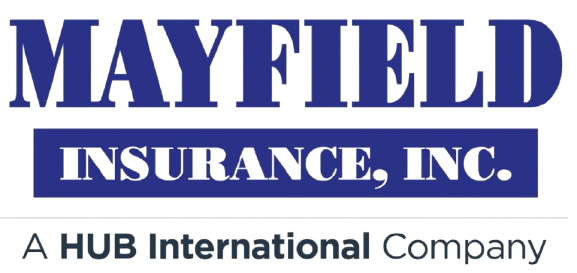Content supplied by Pekin Insurance
Business Safety: Non-Routine Tasks Can Have Deadly Results
3 min read
How do you handle a job you’ve never done?
Are you a business owner or contractor with a reputation for quality work? If the answer is “yes,” customers might ask you to complete jobs you’ve never done. These non-routine requests can lead to injuries, regulatory issues, and possibly death.
The following overview shows you what to consider before you agree to new tasks you’ve never done.
General Steps for Conducting Non-Routine Tasks
You need policies and procedures in place before you get a request for a non-routine task.
You should ask:
- Have we done a job like this?
- Have we trained our employees?
- Do we have a written procedure?
Examples of non-routine tasks include:
- Entering a tank to perform cleaning
- Using equipment you rarely use
- Building a structure you’ve never constructed
OSHA requires employers to:
- Inform employees, in writing, of task-related hazards
- Provide training and other controls to prevent injury
Benefits of a non-routine work program include:
- Injury reduction or elimination
- Regulatory compliance
- Lower insurance costs
- Improved morale
- Increased production and efficiency
- Upholding your company’s good reputation
Non-routine work may be unplanned or unscheduled with a tight deadline, so raise employee awareness, offer training, and assign tasks to the right people.
Without these measures in place, you risk OSHA citations, fines, and employee injuries.
Conduct a Pre-Task Assessment or Survey
Tasks can be considered non-routine if they meet the following criteria:
- Performed infrequently
- Outside of normal duties
- No procedure in place
- Potential high level of risk
- Employees not trained or aware of hazards
Walk the job site to determine:
- What equipment, supplies, and personal protective equipment are needed
- The number of employees necessary
- Training and supervision required
- Diagrams or drawings required
During this assessment, ask:
- What potential injuries could happen?
- What conditions, hazards, or series of events could lead to an incident?
- Could the task or end product potentially injure someone?
All the information gathered during the pre-task assessment should be documented and used to create a safe work procedure.
Determine if the work requires:
- Lockout-tagout procedures for equipment
- Tasks in a confined space
- Welding, torches, or special tools
- Chemicals
- Heavy lifting or working from heights
- Specific tools and equipment to safely perform tasks
- A buddy system
If you work in construction, ask:
- Are specs, drawings, or blueprints available?
- Are employees competent and trained?
- Who will be using what is constructed?
- Is there any obligation to perform training or warn users of hazards?
In some cases, you’ll find the request is too dangerous. There’s nothing wrong with saying “no” and keeping your people safe.
Develop a Written Plan or Procedure
Use the pre-task assessment to create a written procedure that identifies:
- The work or task to be performed
- Responsibilities of management and all employees involved
- Supplies, equipment, and personal protective equipment required
- Step-by-step work instructions with enough detail to be understood
Collaborate with employees to develop the procedure. They’re more likely to buy in and follow it if they’re able to give feedback
Provide Employee Training
Employees should be trained on the written procedure when:
- They’re involved in performing the non-routine task
- They have responsibility for ensuring the safety of others
Document all training and maintain records on file.
Post-Task Review
Managers and employees should go over the work after it’s finished. Ongoing reviews help you find safety improvements and positive changes for the future.
A pre-task assessment, written procedure, training, and post-task review are all very important steps for ensuring employees are free of injury!
.png?width=880&name=dot%20line%20(1).png)
Thankfully, Pekin Insurance has a Loss Control Program to help you reduce accidents and mistakes.
Talk to a local, licensed Pekin Insurance agent about business insurance and our Loss Control Program today!
.png?width=880&name=dot%20line%20(1).png)

-2.png)
